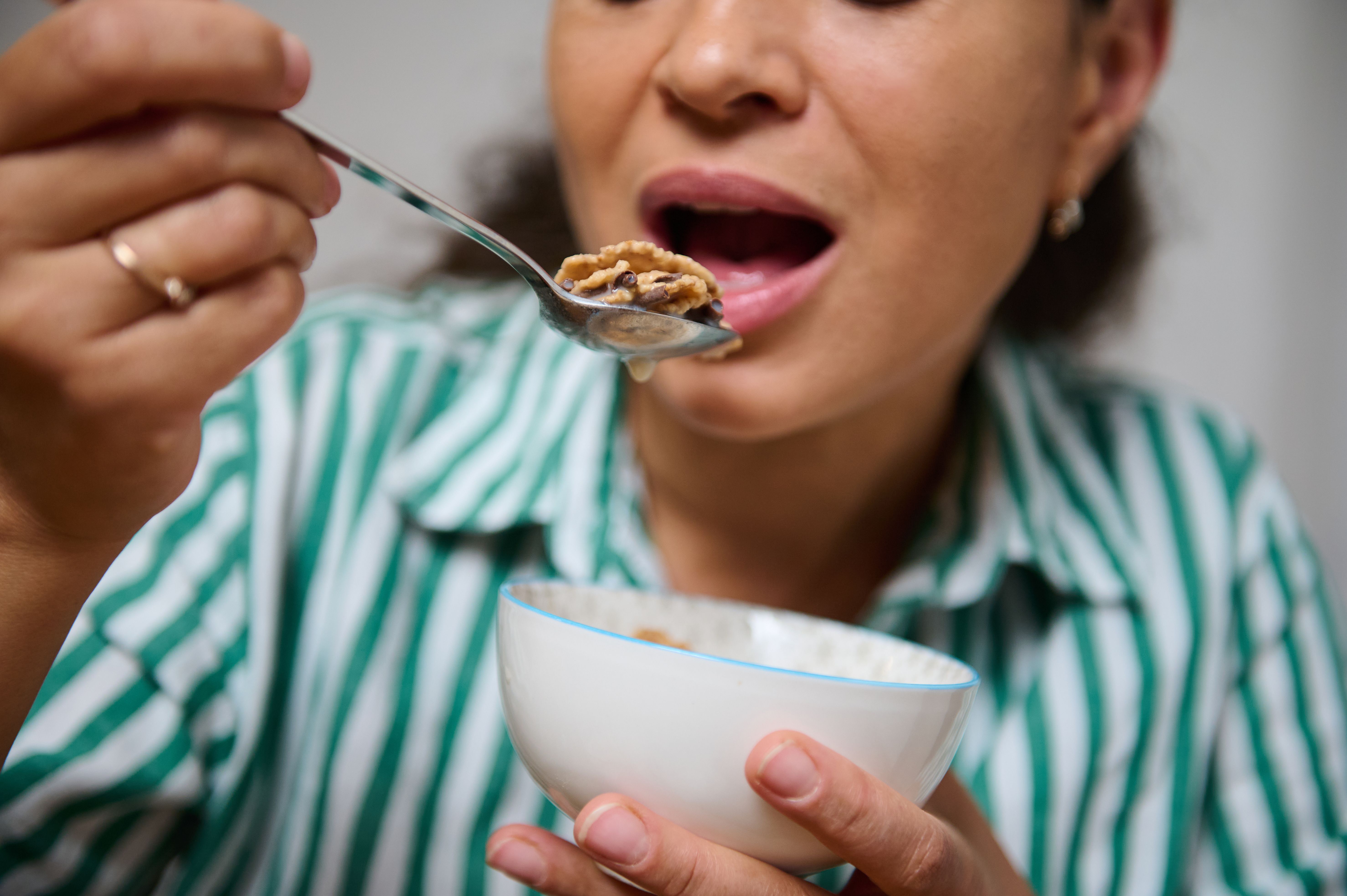Unveiling the Hidden Sugars in Everyday Foods
SF
Understanding Hidden Sugars
In our quest for healthier eating, we often focus on cutting down on visible sugars like candies and desserts. However, an often-overlooked aspect is the hidden sugars lurking in everyday foods. These sugars can significantly contribute to your daily intake without you even realizing it. Understanding where these sugars hide is essential for maintaining a balanced diet.
Hidden sugars are not just limited to sweet treats; they can be found in foods that are typically considered savory. Many processed foods contain added sugars that enhance flavor, preserve shelf life, or improve texture. This makes it challenging to identify them unless you are vigilant about reading food labels.

Identifying Common Sources
One of the most common culprits of hidden sugars is breakfast cereals. Many popular brands market themselves as healthy, yet they contain significant amounts of sugar. Even granola, often perceived as a wholesome option, can be packed with sweeteners.
Another surprising source is sauces and dressings. Ketchup, barbecue sauce, and salad dressings often contain high levels of sugar to enhance taste. Similarly, bread and baked goods can also contain added sugars, contributing to your overall intake.

Decoding Food Labels
To manage your sugar consumption effectively, learning how to read food labels is crucial. Look out for terms like sucrose, glucose, fructose, and corn syrup. These are all different names for sugar that manufacturers use to mask the actual sugar content in their products.
Moreover, pay attention to the order of ingredients. Ingredients are listed by quantity from highest to lowest. If sugar or its alternatives appear near the top of the list, it’s a clear indicator of a high sugar content.

Health Implications
The overconsumption of hidden sugars can have serious health implications. Excessive sugar intake is linked to various health issues such as obesity, diabetes, and heart disease. It can also affect dental health, leading to cavities and decay.
Besides these physical health concerns, high sugar intake can impact mental health. It has been associated with mood swings and increased risk of depression. Therefore, being mindful of hidden sugars is not just about weight management but overall well-being.

Practical Tips for Reducing Sugar Intake
Reducing hidden sugars in your diet can be easier with some practical strategies. Consider preparing meals at home more frequently, allowing you to control the ingredients and avoid unnecessary sugars.
When shopping, opt for whole foods like fruits, vegetables, and lean proteins. These are naturally low in sugar and offer additional nutritional benefits. Additionally, when buying packaged goods, choose those labeled as "no added sugar" or "unsweetened" to minimize your intake.
The Role of Awareness
Being aware of hidden sugars is the first step towards making healthier dietary choices. By understanding where sugars hide and how to identify them, you empower yourself to make informed decisions that benefit your health.
Educating yourself and others about the impact of hidden sugars can contribute to a healthier community. Share your knowledge with friends and family to help them make better food choices as well.

Conclusion
The journey to uncovering hidden sugars in everyday foods is ongoing but worthwhile. By being mindful of the foods you consume and actively seeking alternatives with lower sugar content, you can enjoy a healthier lifestyle. Remember that every small change contributes significantly to your overall health, paving the way for a balanced and nutritious diet.